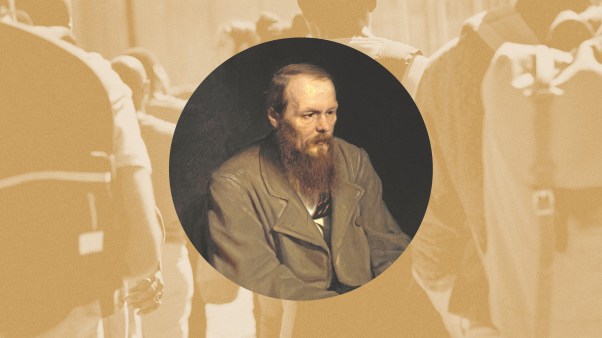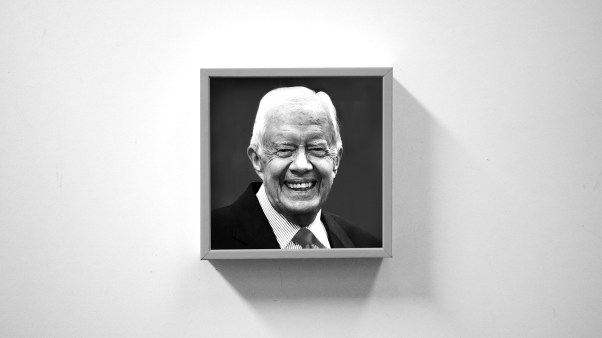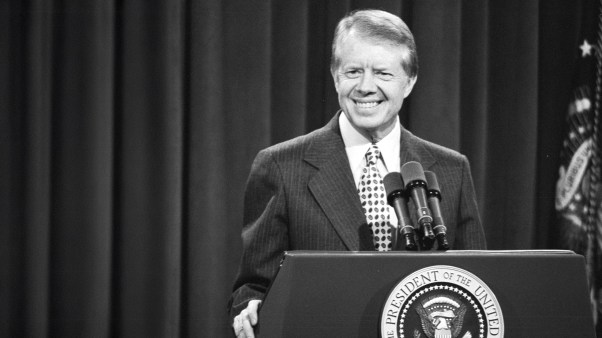The Christian movement popularly known as Plymouth Brethren had its origin in Dublin during the aftermath of the Napoleonic wars of the early nineteenth century. It sprang from two main sources. First was the growing conviction among a vigorous handful of Evangelicals that none of the established churches and un-established sects of Christendom truly represented a New Testament community. Second, there was a heightened and widespread anticipation about that Jesus Christ would soon return.
The movement quickly spread to England, and in the following fifty years to most countries of the Christian West, to India and beyond. It gained its distinguishing name (never used within the movement) in the 1830s from spectacularly successful preaching in South Devon by ‘Brethren from Plymouth’. Like all denominations led by individualists of strong principles, it bore within it the seeds of its own division, and is now fragmented in many dozens of major splits and minor splinter groups. In an average town in Britain or America today there could be ten separate bodies of Christians calling themselves Brethren and all related to each other by direct descent from the Dublin pioneers. In every sense it was a young movement. When it began, all its leaders were well under forty, and most of them under thirty. Its predominant tone was patrician; more than any other form of dissent, it attracted the ‘disaffected aristocracy’ and upper middle class: a typical early adherent was the Duke of Wellington’s nephew.
Unfulfilled prophecy
The Brethren movement was born from the study of unfulfilled prophecy in the Bible. In 1826 – the year of its birth – there appeared an English version of an arresting work called The Coming of Messiah in Glory and Majesty. It was written by Manuel de Lacunza (1731-1801), a Jesuit from Chile who became a hermit in Italy and wrote under the name of Juan Josafat Ben-Ezra. It taught a futurist interpretation of the Book of Revelation, and powerfully affected Edward Irving (1792-1834), who later founded the now defunct Catholic Apostolic Church. One oflrving’s disciples was Henry Drummond (1786-1860), banker and Tory Member of Parliament, at whose country seat near Guildford the Albury Park conferences on prophecy were held annually from 1826 to 1830. A participant at the last of these meetings was the saintly Theodosia, Lady Powerscourt, who was so impressed by what she saw and heard that she hosted similar conventions at Powerscourt House in County Wicklow, Ireland, from 1831 until her death in 1836.
These Powerscourt meetings became a nursery of the nascent Brethren movement and a focus for its developing ideas. But some four years before they began, a group of Christians met to break bread together in a private room in Dublin’s Sackville (now O’Connell) Street: in fact there were probably three such groups forming in the city before 1829, when all three came together at 9 Fitzwilliam Square, the house of Francis Hutchinson (1802-33), son of Sir Samuel Synge-Hutchinson, Archdeacon of Killala.
Who took the earliest lead is still debated, but it is generally agreed that the origins of the movement can be traced to the day in 1826 when a Dublin congregation of Independents refused communion to a medical student unless he joined them as a member. This was Edward Cronin (1801-82), a native of Cork and a convert from the Roman Catholic Church. ‘My name having been publicly denounced from one of their pulpits’, he later recalled, ‘Edward Wilson, assistant secretary to the Bible Society in Sackville Street, where he resided, was constrained to protest against this step, which led ultimately to his leaving also. Thus separated, we two met for breaking bread and prayer in one of his rooms . . .’ They were joined by the two Misses Drury (Cronin’s cousins) and a bookseller from Grafton Street called Tims. These five formed an original nucleus of the Brethren movement: they met in protest against the sectarianism of the organized nonconformists, and as a witness to the freedom of believers to celebrate the Lord’s Supper where and when the Spirit led them. At the same time, identical aims were crystallizing in the mind of another pioneer whose personal charm and profound spirituality graced the movement in its early years. Anthony Morris Groves (1795-1853) was a married dentist in Exeter earning œ1,000 a year. Brought to living faith in Christ, he gave up his practice to become a missionary with the Church Missionary Society. To train for ordination he entered Trinity College, Dublin, in 1826. In Ireland he met other Evangelicals who (in his widow’s words) ‘desired to see more devotedness to Christ, and union among all the people of God’. These twin ideals inspired his life and work.
Early in 1827 he confided to a friend that ‘it appeared to him from Scripture, that believers, meeting together as disciples of Christ, were free to break bread together as their Lord had admonished them: and that, in so far as the practice of the apostles could be a guide, every Lord’s Day should be set aside for thus remembering the Lord’s death, and obeying his parting command’. This revolutionary belief, with its emphasis on apostolic practice, lay at the heart of the Brethren movement and was acted on without delay.
Later that year. Groves withdrew from Trinity College, convinced that it was not necessary to have a university degree to realize his vocation to the mission field. When the C.M.S. told him that he could not celebrate the eucharist unless he were ordained, his conscience told him that ‘ordination of any kind to preach the gospel is no requirement of Scripture’. A year later he expressed the principles and programme of the Brethren movement in a nutshell when he affirmed:
‘This, I doubt not, is the mind of God concerning us, that we should come together in all simplicity as disciples, not waiting on any pulpit or minister, but trusting that the Lord would edify us together, by ministering as he pleased and saw good from the midst of ourselves.’
In all simplicity
Coming together ‘in all simplicity as disciples’ was to characterize the Brethren from the outset. An intensely biblical emphasis went hand-in-hand with instinctive contempt for outward show and all ecclesiastical tradition. There was no stated ministry, but men of God were moved to speak by his Spirit. Preaching was extempore – it was the vessel, not the message, that was prepared. No building was consecrated: a barn served as well as a basilica. The Lord’s table was laid with a cottage-loaf and a wine bottle complete with label. Society ladies put their rings and jewellery in the offertory. Lord Congleton (1805-83) dined with his domestic servants. George Vicesimus Wigram (1805-79)-heir to several fortunes – was not untypical when he begged visitors to his house to carry away with them any item of furniture that was not strictly necessary. Yet this simplicity of lifestyle could be deceptive, for it was wedded to an understanding of the Bible and a depth of theological teaching that were probably unparalleled in Christendom.
By 1830, when the growing house church transferred from Fitzwilliam Square to a meeting-room in Aungier Street, the Brethren numbered among them several actual and potential leaders. One of these was John Gifford Bellett (1795-1864), a barrister who wrote choice devotional works and ‘talked poetry’ when he preached. But first in stature towered John Nelson Darby (1800-82), the most formidable personality in the movement’s history and one of the most dynamic captains of the nineteenth-century Christian Church. ‘I was myself,’ he once declared, ‘the beginning of what the world calls Plymouth Brethren.’
Born in Westminster of an Anglo-Irish landowning family and christened at St Margaret’s on 3 March 1801, Darby was educated at Westminster School and Trinity College, Dublin, where he graduated Classical Gold Medallist in 1819. He was called to the Irish bar, but gave up a promising legal career ‘lest he should sell his talents to defeat justice’. After a period of deep spiritual crisis he was ordained deacon of the established Church of Ireland in 1825 and priest the following year. It was when he was serving a curacy at Calary-not far from Powerscourt-and active in the Home Mission that a riding accident in 1827 brought him into touch with the Dublin groups.
From that moment forward, Darby’s ascendancy within the movement was undoubted. More than any other leader, he stamped it with his masterful will and magnetic mind. His energy was tireless, and would carry him from continent to continent. Beginning with Considerations on the Nature anil Unity of the Church of Christ (1828), his voluminous writings – devotional, doctrinal or polemical-influenced a wide circle of Christians beyond the Brethren, as did his later translations of the Bible into English, French and German. He excelled as an interpreter of Scripture; the prophetic system known as ‘Dispensationalism’ (since popularized by the Scofield Reference Bible) was largely his brain-child. His hymns enshrine the depth of his spiritual experience. When in 1830 he visited Oxford, Cambridge and Plymouth, the expansion of the Brethren movement worldwide was underway.
Copyright © 1986 by the author or Christianity Today/Christian History magazine. Click here for reprint information on Christian History.










